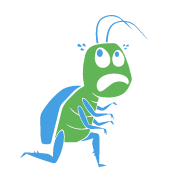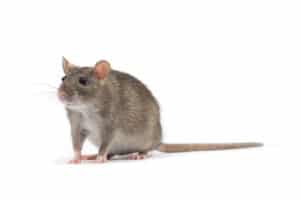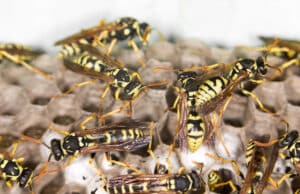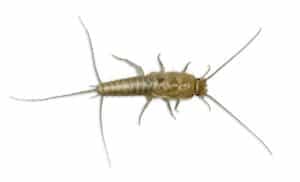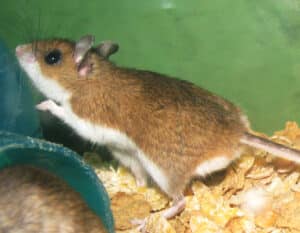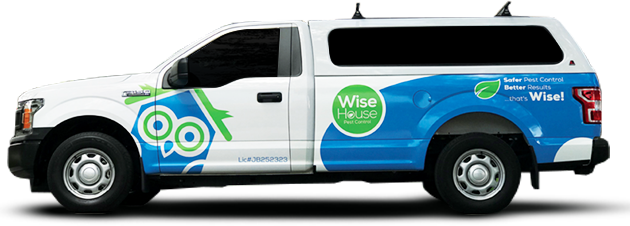Red Imported Fire Ant
Solenopsis invicta Buren
Pest Stats

Color
Reddish-brown body with a darker abdomen (gaster).

Size
Workers vary in size, ranging from 2.4 to 6 mm in length.

Shape
Segmented body with a two-segmented waist (pedicel), 10-segmented antennae with a two-segmented club, and a sting at the tip of the abdomen.

Region
Found across the southeastern United States, including Florida, Texas, Georgia, and surrounding states.
What is The Red imported fire ant?
The Red Imported Fire Ant (Solenopsis invicta) is an invasive ant species known for its aggressive behavior and painful sting. Originally from South America, it has spread across the southeastern United States and other parts of the world. These ants build large mound nests in open, sunny areas and attack in large numbers when disturbed. Their colonies contain thousands of workers and may have either a single queen or multiple queens, allowing them to spread quickly. Fire ants pose a threat to humans, pets, and wildlife due to their venomous stings, which can cause severe allergic reactions in some individuals.
What Do Red Imported Fire Ants Look Like?
The red imported fire ant is a small ant species with workers ranging from 2.4 to 6 millimeters in length. They exhibit a reddish-brown body color with a darker abdomen (gaster). Notable features include a two-segmented waist (petiole), 10-segmented antennae ending in a two-segmented club, and a stinger at the tip of the gaster.
Similar Ants
- Native Fire Ant (Solenopsis geminata)
- Black Imported Fire Ant (Solenopsis richteri)
- Southern Fire Ant (Solenopsis xyloni)
Biology of Red Imported Fire Ants
The red imported fire ant has a well-organized colony structure with either a single queen (monogyne) or multiple queens (polygyne), which affects colony growth and spread. Their life cycle, from egg to adult, takes about 22 to 38 days. Worker ants vary in size, ranging from 2.4 to 6 mm, and their lifespan can extend from a few weeks to several months.
Reproductive winged ants, known as alates, leave the colony for mating flights, with fertilized queens establishing new nests. Colonies can grow to contain tens of thousands of workers. Their venomous sting delivers a painful reaction, often leading to small white pustules a day after contact.
Habits of Red Imported Fire Ants
Read More
Foraging of Red Imported Fire Ants
Read More
Management of Red Imported Fire Ants
Effective management of Red Imported Fire Ants involves a combination of chemical, biological, and cultural control methods. Chemical treatments include targeting individual mounds or using broadcast bait applications to reduce large infestations. Mound treatments are useful when native ants are present, as they specifically target fire ants without harming other species. Broadcast baiting is ideal for widespread control, as worker ants carry the bait back to the colony, ultimately eliminating it.
Read More
Biological control methods, such as introducing natural predators like phorid flies, help suppress fire ant populations over time. Regular monitoring and proper sanitation can also prevent infestations by reducing food sources and nesting areas. Combining these strategies ensures a more effective and long-term approach to fire ant control.
5 Ways To Prevent Red Imported Fire Ants in Your Home
These proactive steps will help keep them away, but if you’re still seeing signs of these ants, the professionals at Wise House Environmental Services are just a call away.

Seal Entry Points
Inspect your home's exterior for cracks, gaps, and openings, especially around doors, windows, and utility lines, and seal them with silicone-based caulk to block potential entryways.

Eliminate Moisture Sources
Repair leaky pipes, ensure proper ventilation in attics and crawl spaces, and address any moisture buildup within walls to create an inhospitable environment for Red Imported Fire Ants.

Maintain Landscaping
Keep tree branches and shrubbery trimmed away from the house to prevent ants from using them as bridges to enter your home.

Properly Store Firewood and Building Materials
Store firewood at least 20 feet away from the house and five inches off the ground, and eliminate piles of lumber, bricks, or other debris that could serve as nesting sites for Red Imported Fire Ants.

Use Insecticide Barriers
Apply a residual insecticide barrier along the foundation of your home to deter ants from entering.
Need Help Getting Rid of Red Imported Fire Ants?
If you're dealing with a Red Imported Fire Ant infestation in South Florida, professional pest control services can help identify nesting sites and implement effective treatment strategies. Contact a licensed exterminator to protect your home or business from these invasive pests.
Contact Wise House Environmental Services at 1-800-283-1559 for more information and a free quote on ant control services.
5 Ways To Keep Red Imported Fire Ants Out Of Your Home
Following these tips for both inside and outside your home can help prevent Red Imported Fire Ants from becoming a nuisance. If they’re still persistent, Wise House Environmental Services is ready to provide professional support and keep your home ant-free.

Store Food Properly
Ants are highly attracted to food inside the home. Keep food stored in airtight containers, clean up crumbs or spills immediately, and regularly empty trash bins with food waste.

Clean Regularly
Ants are resourceful and will find even the smallest bits of food. Regularly sweep, mop, and wipe down countertops, especially in the kitchen and dining areas, to remove potential food sources. Pay attention to corners and crevices where crumbs might gather.

Reduce Moisture
Fix leaks and eliminate damp areas to remove the moisture that Acrobat Ants seek out. Repair dripping faucets, leaky roofs, or poor drainage, and replace any damp or rotting wood.

Seal Cracks and Gaps Indoors
Just as with the exterior, inspect your home’s interior for small cracks or gaps where ants could enter. Seal any visible openings, especially around windows, door frames, baseboards, and along the edges of cabinets.

Don’t Leave Pet Food Out Overnight
If you have pets, avoid leaving their food out overnight. Ants are attracted to pet food, so clean up any leftover food, or place pet dishes in a shallow tray of water to create a barrier.
Our Customers Love Us!
See What They Are Saying


- Michael C.

- John U

- Benjamin N.

- Bob G.

- Aaron C.
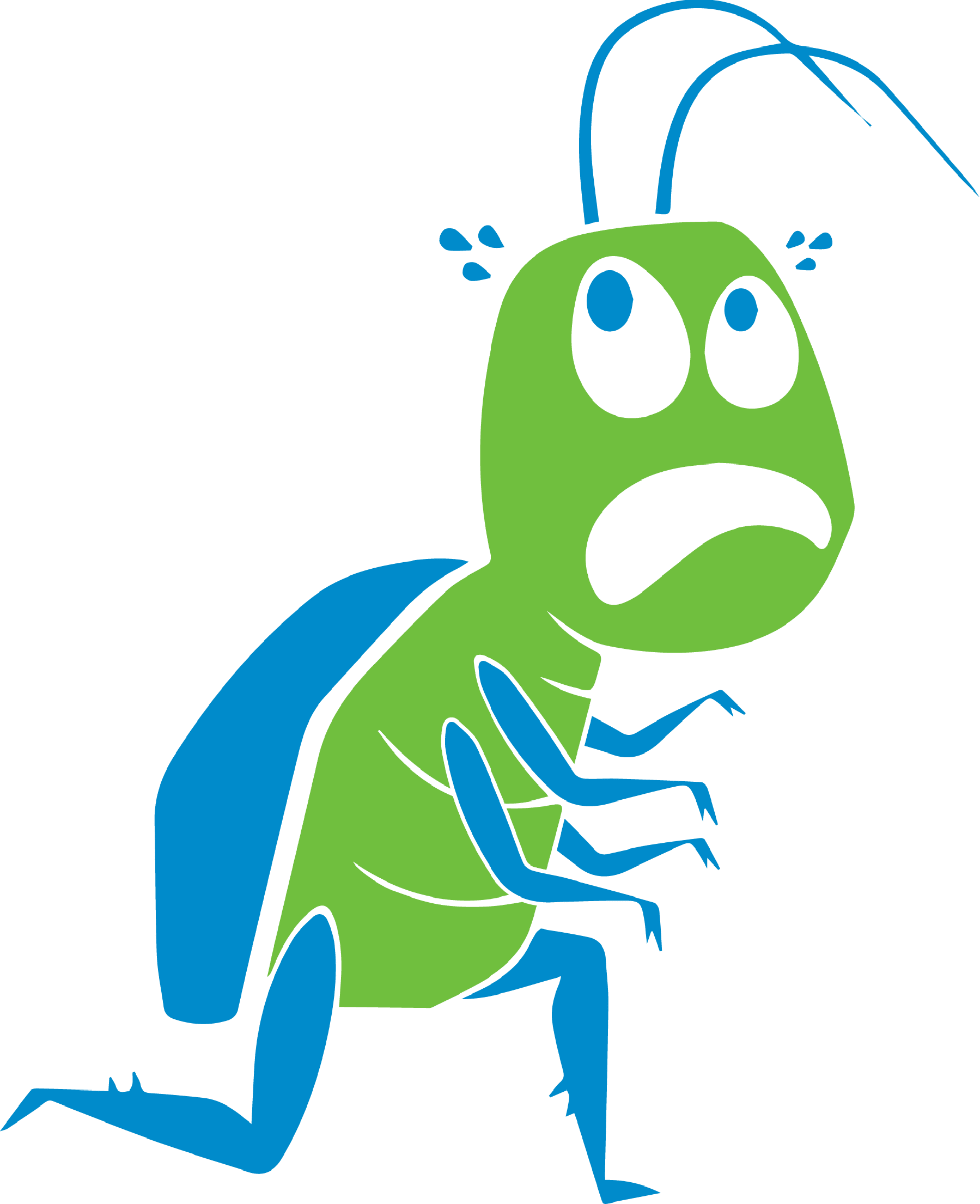
Dedicated To Being The Pest Control Company You Can Rely On
Request a professional estimate!
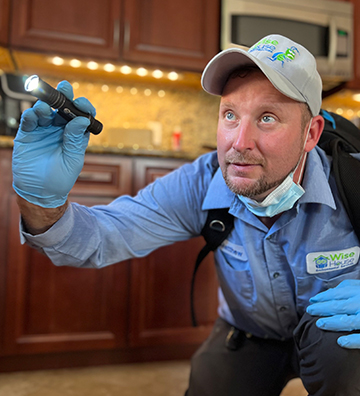
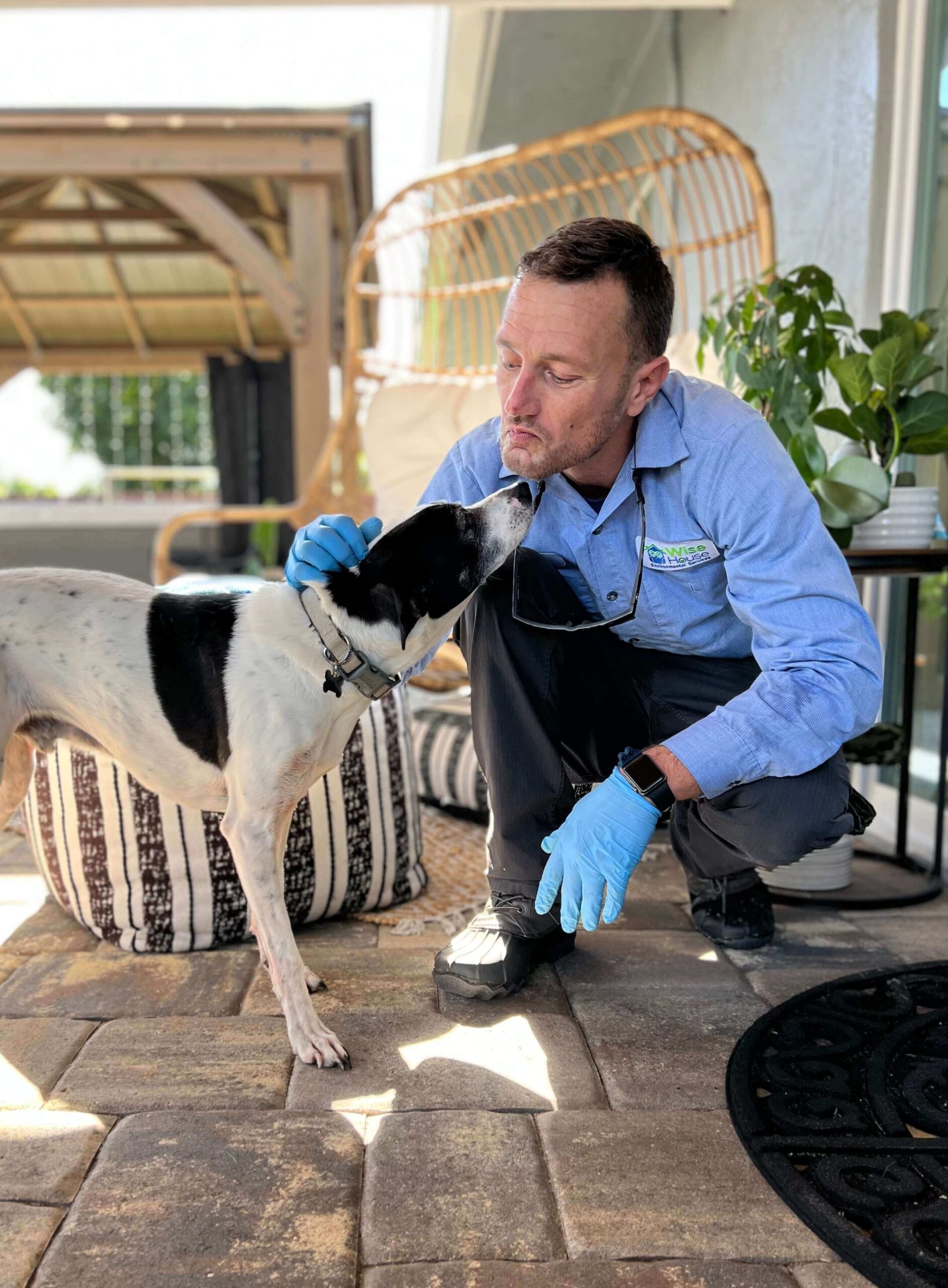
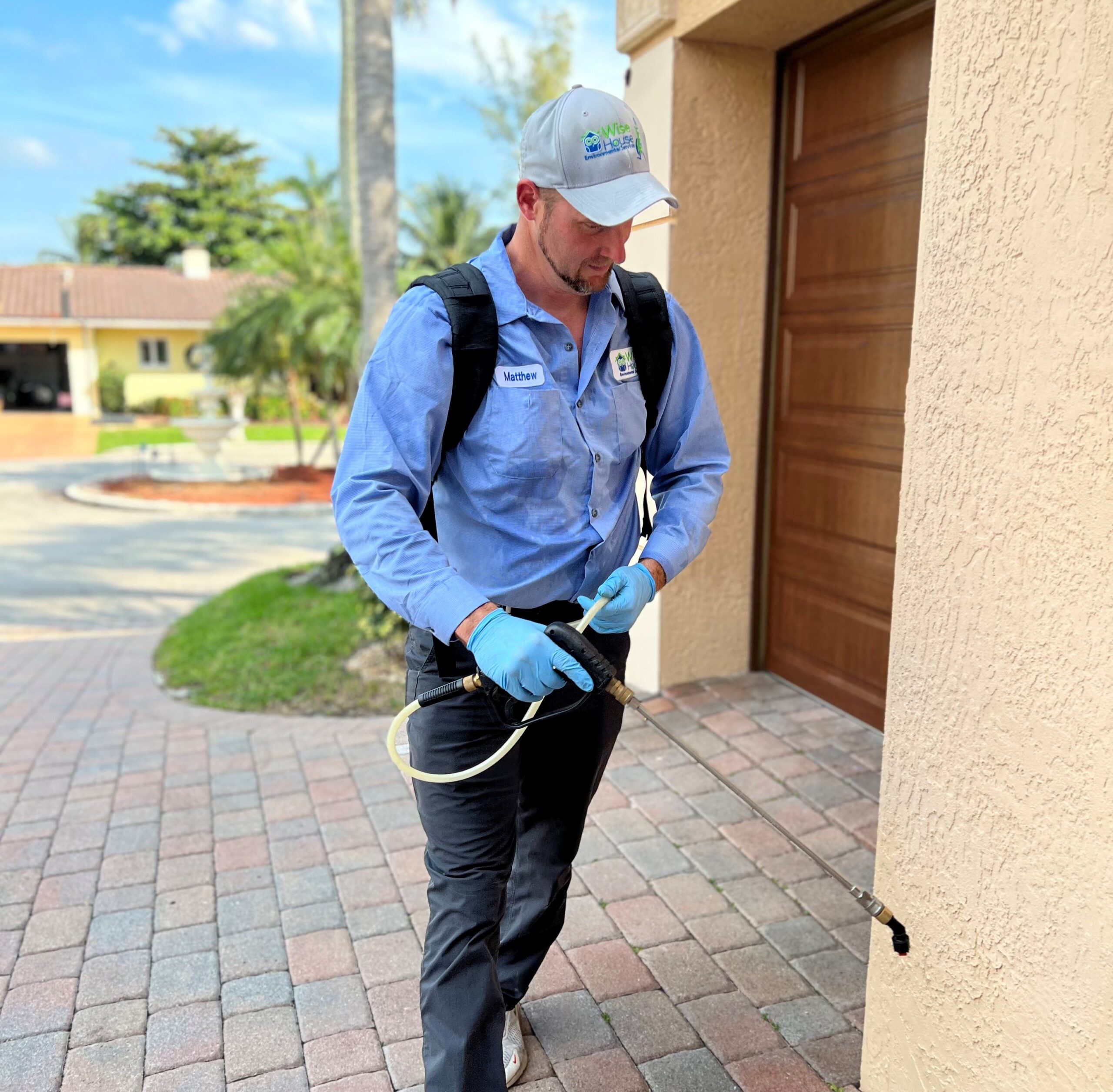
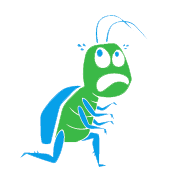
Request a Profesional Ant Quote!
Get an estimate!



